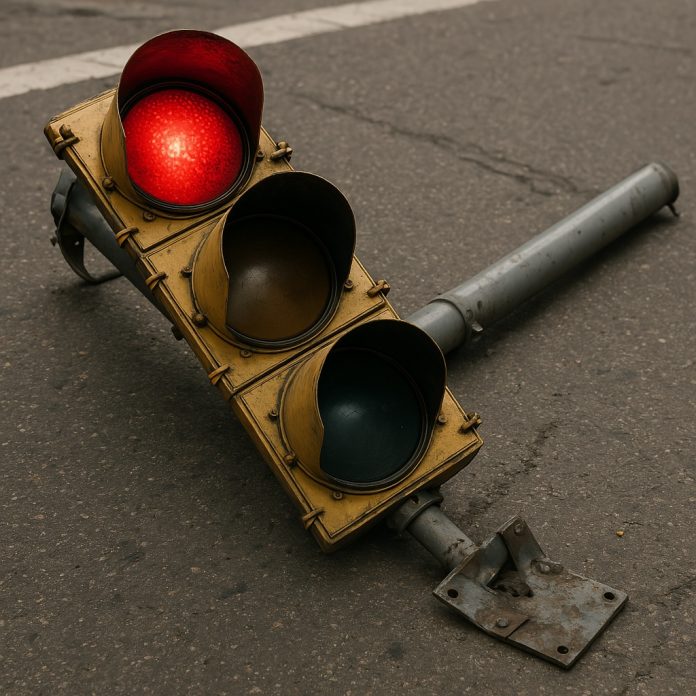Analysis: A policy shift without a plan? Norway’s aquaculture reforms are causing industry unease.
The Norwegian government’s decision to scrap the traffic light system and introduce a new aquaculture framework based on lice quotas and mortality taxes was always going to provoke debate. But what’s striking following the announcement is not just the scale of industry concern—it’s the underlying sense of uncertainty it has reignited in a sector already grappling with tax burdens, cost inflation, and volatile markets.
The stated aim of the reforms is simple enough: reward responsible operations and penalise poor performers, using site-level lice quotas and financial disincentives tied to fish losses and escapes. On the surface, it’s a shift many in the sector have long called for. Collective punishment under the old traffic light regime was unpopular with operators who invested in better practices but were held back by the performance of others in their zone.
But the reaction from leading organisations such as Seafood Norway, as reported by NRK, suggests that the new approach—far from offering clarity—is viewed as a structural shake-up without a workable plan. Seafood Norway CEO Geir Ove Ystmark described the proposed quota system as “radical” and warned that it risks undermining company valuations and long-term investment. He’s not alone in raising the alarm.
Behind the headlines, the frustration seems to stem from two things. First, the new model is being launched at a time when the sector is still digesting the resource rent tax, a policy shift that already shook investor confidence and led to the shelving of several major expansion projects. Second, the proposed quota and fee mechanisms remain poorly defined—key questions around how lice emissions will be measured, how quotas will be traded, and how mortality rates will be assessed have yet to be answered.
This uncertainty is compounded by the government’s decision to put off more structural questions—such as whether to mandate closed containment—in favour of further analysis. The result is a de facto two-year pause in regulatory clarity and a potentially costly delay for firms trying to plan long-term investments in technology, infrastructure, and site expansion.
It is possible that the reforms, once fleshed out, could create a more responsive and environmentally accountable framework for growth. But for now, the dominant view across the industry is not that the new direction is wrong—it’s that the map is missing.
The Storting will now be under pressure to provide the detail and direction the sector needs. The risk, if it doesn’t, is that Norway’s second-largest export industry spends another year in a holding pattern, unsure whether to steer forward—or brace for impact.



